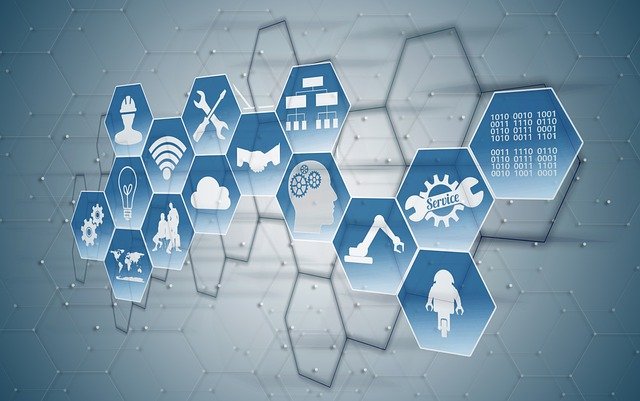Did you know that the first workplace diversity initiatives were established at a tech company?
During the height of the Civil Rights movement, as America was going from a segregated society to an integrated one, the country’s first minority employee resource group (ERG) was formed in 1965 at Xerox. Spurred by an uprising amongst Black employees who demanded equal pay as their white peers, the National Black Employees Caucus (now the National Black Employees Association) was founded to address the issues of discrimination and creating a fair corporate environment.
In 1975, as more employees began to recognize the intersections of race and gender in the workplace, the Black Women’s Leadership Council (BWLC) was established at Xerox. Similarly, in 1978, HP instituted the Gay and Lesbian Employee Network (GLEN), the nation’s first LGBTQ+ employee resource group. AT&T soon followed suit in the 1980s with LEAGUE, its own ERG for LGBTQ+ workers.
In this way, tech companies have been pioneers of corporate diversity and inclusion. But too many are still abiding by the same playbooks that were written over 50 years ago. As the past two years have taught us, the old diversity, equity, and inclusion (DEI) approaches fall short of the mark. They may address the symptom from a racial standpoint, but not the underlying cultural issues that are essential to affecting meaningful change. But before today’s tech companies can lead, they must understand the cultural changes required for a new approach are mandatory.
Now is the time for tech companies to again innovate and lead on DEIB just as they did decades ago. Like Xerox, HP, and AT&T, the first movers will have a competitive advantage against those who wait to take action.
The Time for Change Is Now
America today is moving beyond asking for integrated experiences. Instead, America is asking, if not demanding, for structural change. In order to build a sustainably inclusive environment for all employees, corporations must first address the underlying cultural underpinnings and structural shifts that are essential to affecting meaningful and sustainable change at work.
The key finding from the State of the Total Market Industry Report that we authored based on 15 months of research and over 300 one-on-one interviews with more than 50 brands is this: Corporate America is culturally two generations removed from the workforce at large.
Findings from the study show how organizations must shift attitudes and behaviors, moving from a mono-cultural to cross-cultural and poly-cultural organization that reflects modern American society.
How Tech Companies Can Innovate Once More on DE&I
In order for the tech industry to be leaders again in DE&I, they must introduce a change management approach in order to build a workplace of cultural inclusion with outcomes that are both sustainable and scalable. It starts with assessing the cultural maturity of your company at the intersection of the Five Ss:
Measure the Cultural Maturity of Your Company With the 5 S’s
- Structure
- Strategy
- Segments
- Systems
- Standards
1. Structure
Is there full buy-in on the value of pursuing cultural inclusion across the whole of your organization?
2. Strategy
Has your company implemented strategies and shared best practices to support an inclusive workplace at every employee level?
3. Segments
Have you explored the various demographic segments of your employee base, and the intersections therein (i.e. Latinx + millennial), in order to ensure that they are appropriately represented at all levels of employment?
4. Systems
Has your organization adopted systems and change management software to ensure that cultural inclusion strategies and best practices are easily implemented company-wide and sustainable?
5. Standards
Has your organization set standards with business partners to make cultural inclusion core to your hiring and retention processes?
The opportunity in the cultural conversation right now is closing the gaps between the workplace and marketplace at the bequest of a new social contract.
As tech prepares for Web3 and making the moon a travel destination, there is more work to be done on integrating the workplace and taking on the idea of innovating with a change management approach to solving a decades-old problem.
Source: https://builtin.com/diversity-inclusion/tech-can-innovate-dei-again



